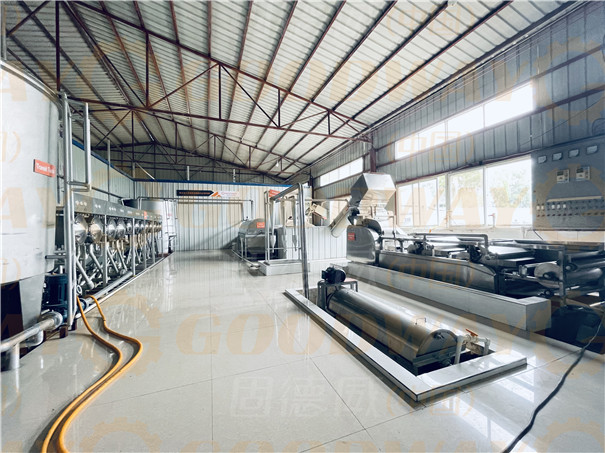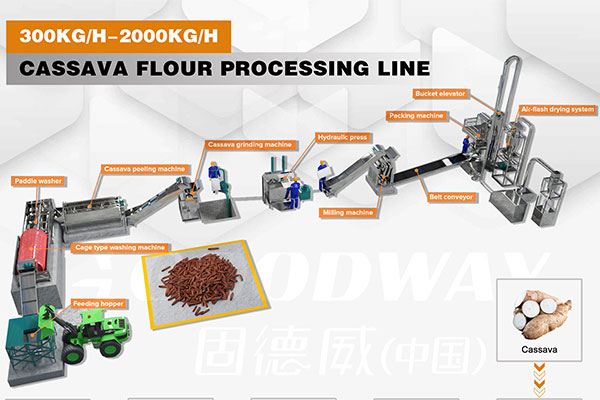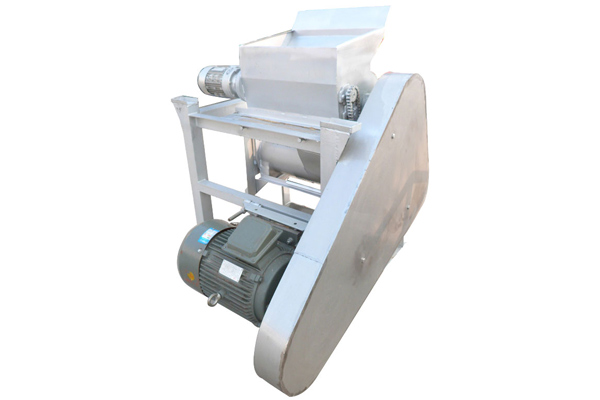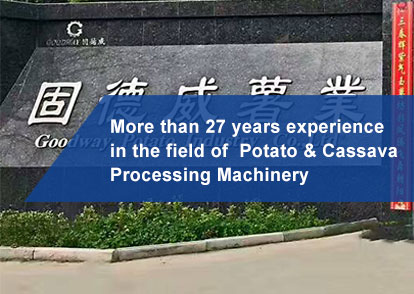When investing in a set of sweet potato starch processing equipment, besides considering equipment prices, it's crucial to ensure that the product market aligns with the equipment's production capacity requirements, and that the produced starch and starch products meet market positioning in terms of quantity and quality.
We aim to ensure that every investment by our users yields a favorable economic return, avoiding situations of overcapacity or excess supply. Therefore, the selection process should focus on the following four aspects:
Matching Processing Volume with Production Capacity
Many users initially have relatively small overall processing demands during the entrepreneurial phase. However, as they diligently manage their businesses and increase production capacity, they gradually phase out and upgrade old and small starch processing equipment. This underscores the importance of matching user processing demands with equipment production capacity, effectively controlling investment budgets, and reducing risks.
Ensuring Equipment Quality
Equipment quality primarily refers to the materials used in manufacturing, including screws, fittings, and motors, which directly affect the service life of starch processing equipment and also influence starch quality.
In starch equipment manufacturing, there are mainly two types of materials: carbon steel and stainless steel. Since starch processing involves substantial water usage and equipment is often submerged in processing environments for extended periods, the use of ordinary materials may lead to corrosion and rust, significantly impacting equipment operation and product quality.

Implementing Scientific and Rational Processes
The mechanized process for sweet potato starch processing typically involves cleaning, crushing and screening, filtering and purification, sand and mud removal, concentration and refinement, dehydration, and drying. This standardized industrial process not only enhances processing efficiency but also ensures tight coordination between each stage, facilitating streamlined operations and guaranteeing starch yield and purity.
Currently, most starch processing enterprises in China exhibit lower production scales and modernization levels, with a predominant reliance on a combination of machinery and manual labor for starch production. In second and third-tier cities of China, when selecting starch equipment, it's advisable for small and medium-sized starch processing users to choose equipment with scientifically rational processes and more modern processing technologies within their affordable range.
Comprehensive and Sound After-Sales Service
Addressing after-sales issues is crucial as it serves as a litmus test for a manufacturer's manufacturing capabilities and service-oriented mindset. Providing timely solutions to equipment failures, part damages, and other issues that users may encounter during the equipment's usage phase, offering a positive service experience through regular onsite visits, listening to user feedback, and continuously improving equipment, are all key factors influencing users' choices when selecting sweet potato starch processing equipment.

 EN
EN
 fr
fr  es
es  it
it  pt
pt 








